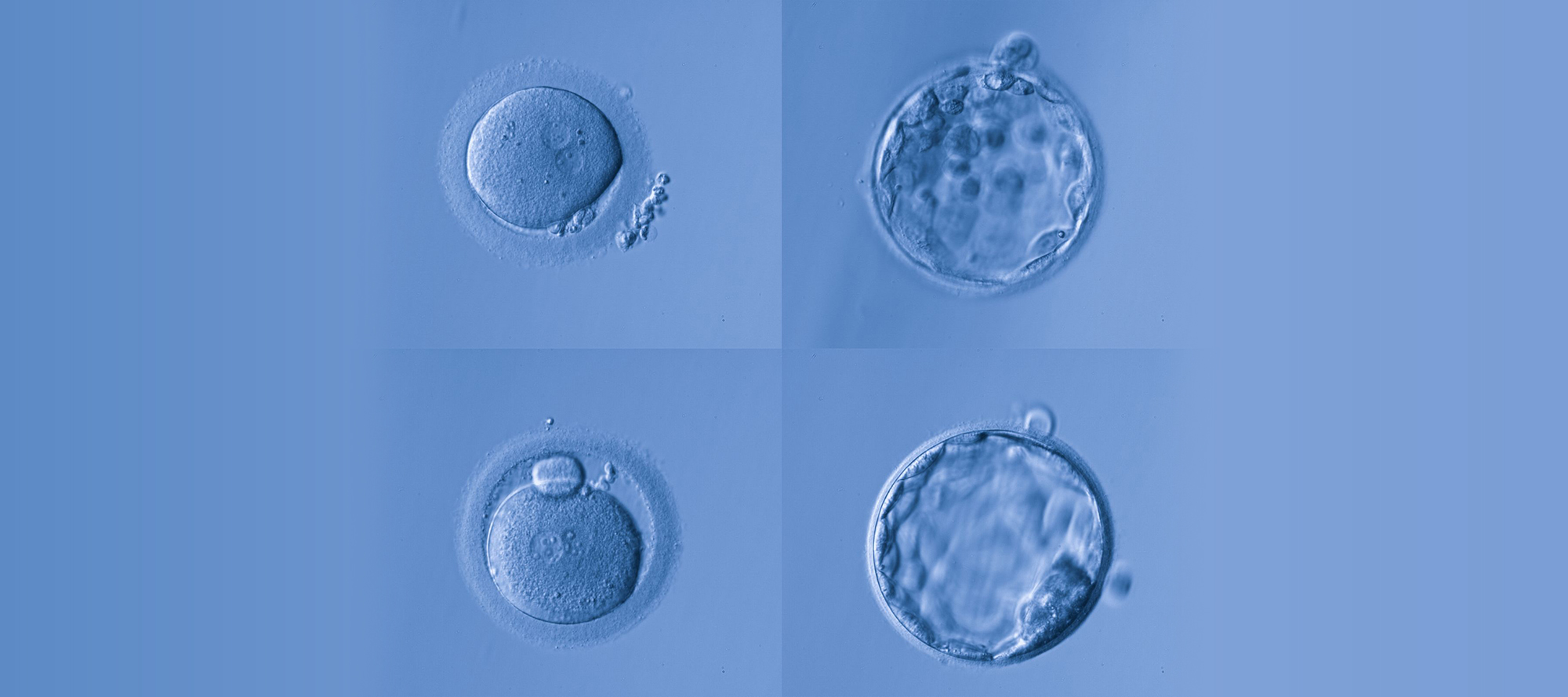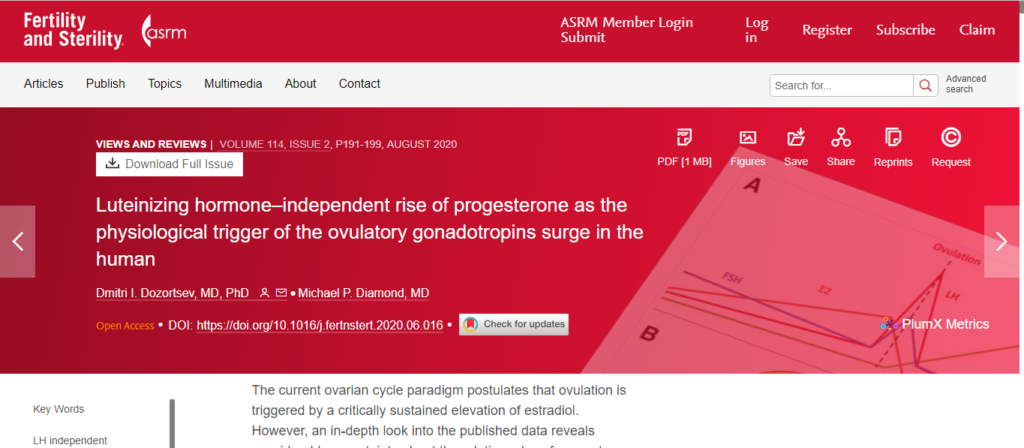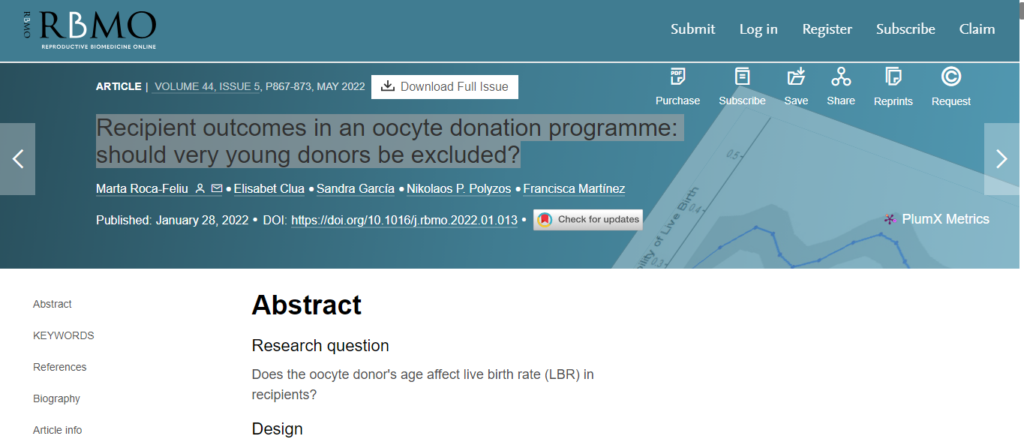FROM FERTILIZATION TO BLASTOCYST
Embryo Development in IVF
Understanding how embryos grow after fertilization is an important part of the IVF journey. Healthy embryo development helps your fertility team select the best embryos for transfer, improving pregnancy rates and reducing the risk of multiple births. At Advanced Fertility Center of Texas (AFCT), all embryo culture and monitoring take place in Omni Med Laboratory, directed by Dr. Dmitri Dozortsev, a pioneer in ICSI and advanced embryo culture techniques. We carefully evaluate the embryo development stages to maximize your chances of success.



